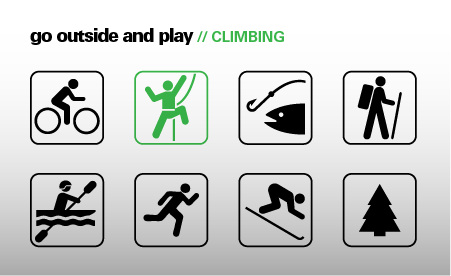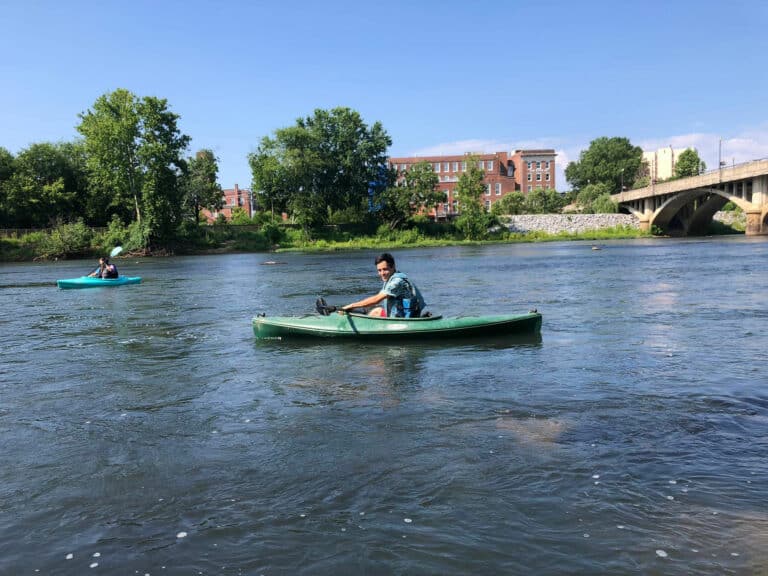Rock climbing is like forming a band in high school; everyone does it, but very few of us do it right. Typically, this is the way most of us begin climbing: You see some videos on Youtube or maybe watch Stallone’s Cliffhanger, get psyched about dyno moves, then convince some work buddy who claims to be “big into rock climbing” to take you out one Saturday afternoon. But said work buddy’s climbing experience is limited to hitting on chicks at the local climbing gym. He has to retie your knot three times before he says, “I think that’s right,” and you spend about 20 minutes stuck to the side of a sandstone route that’s way over your head wondering why anyone would risk their life just to make it to the top of a rock that you could probably summit on a hiking trail anyway. Once safely on the ground you swear you’ll never strap on a climbing harness again.
There’s a better way to begin your rock climbing career. Follow this guide and learn about common mistakes, proper gear, training tips, and where to find beginner-friendly rock.
ARE YOU TRAD OR SPORT?
There is more than one way to send that rock. Here are the three most common forms of rock climbing.
Top Rope: The rope is attached to a fixed anchor or temporary anchor at the top of the climb, allowing for a single point of contact above the climber. Top roping is usually the first form of climbing athletes explore. It’s single pitch only, so you remain relatively close to the ground, it requires a limited amount of gear, and because of the higher anchor position, a top roped climber never actually “falls” as long as the belayer is doing his/her job. There’s always tension on the rope so instead of falling several feet to a point of protection below the climber, you swing away from the rock staying at the same position.
Sport Climbing: Permanent bolts are fixed to a given route allowing climbers to “clip in” as they progress up the wall. While sport climbing is very popular in Western states, bolted routes are few and far between in the Southeast. The Red River Gorge in Kentucky and Foster Falls in Tennessee are hotbeds of southern sport climbing.
Traditional Climbing (“trad”): The most common form of climbing in the Southeast, trad climbers place their own temporary protection in the rock as they send a route. Climbers are equipped with a “rack” of gear which is placed in cracks and crevices throughout the climb to protect against falls. In multi-pitch trad climbs, one climber leads placing protection and the second climber follows removing the protection.
TRAIN SMARTER
Climbing is the best way to train for climbing, but how do you train for rock climbing when you can’t climb rock? Think muscle endurance. Pull-ups are good, but you need to train your entire body to withstand the demand of sending 80-foot long routes without rest. Forget the big plates in the weight room. Instead, do full body exercises like “cleans” and “burpees” that hinge on low weight at high reps. Work your core and don’t neglect your cardio and you’ll perform better on the rock than just knocking out a bunch of pull-ups.
POSTURE PLEASE
Proper climbing posture can often feel awkward for beginners who want to hug the wall with every inch of their body. Instead of sticking to the rock like glue, adopt this basic climbing stance: “Keep your arms straight, your back arched and your hips pushed toward the rock, as if you’re leaning away from the rock with your upper body,” says Swis Stockton of Granite Arches. “This keeps the stress on your legs, which is the key to climbing endurance.” When you’re comfortable with the stance, work the wall with your legs, thinking about foot placement first and hand placement last. Maintain contact with your feet. If your feet are slipping off a hold, you’re putting too much pressure on your upper body (hugging the wall) and not enough on your lower body.








